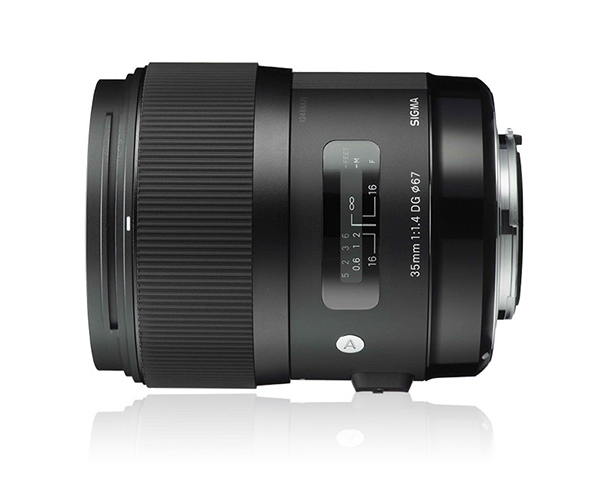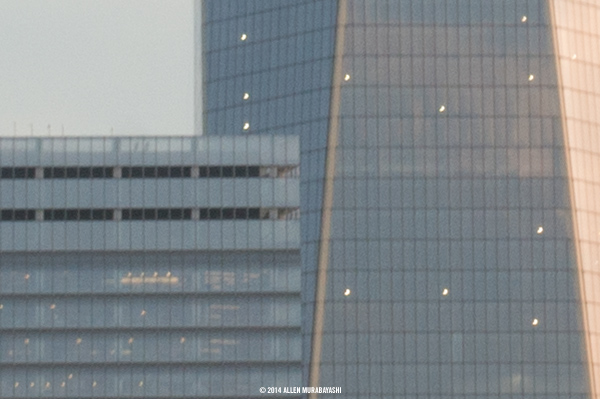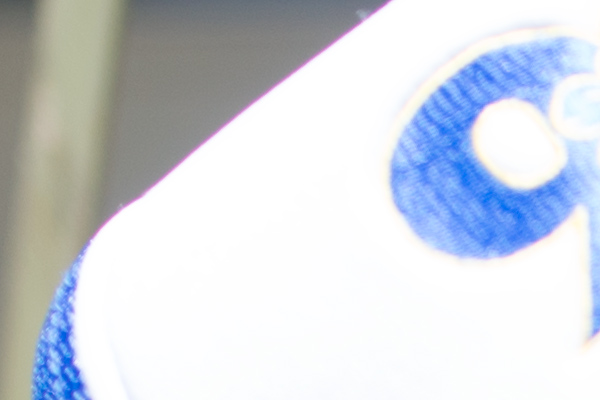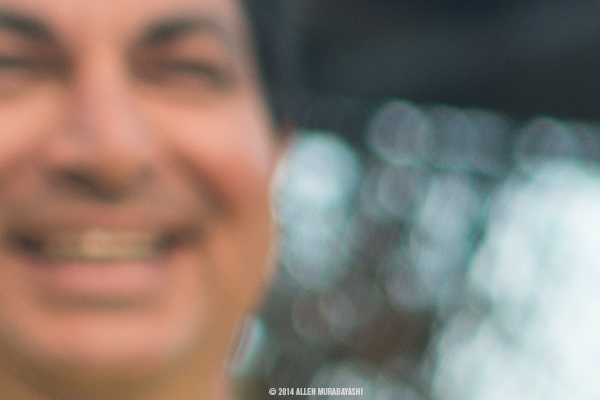Share
Review: Sigma 35mm f/1.4 DG HSM – It’s About Price
In a brand conscious world, you can buy a pair of Converse Chuck Taylor’s for about $50, or you can get the Maison Martin Margiela version for $2...

In a brand conscious world, you can buy a pair of Converse Chuck Taylor’s for about $50, or you can get the Maison Martin Margiela version for $250. Difference? Pretty negligible when you get down to the nuts and bolts – the more expensive version has a little bit more brand cachet, and will fetch you more on eBay. But on a day-to-day basis, both provide fashionable footwear styling to whomever slips them on.
Such is the case with the Sigma Art lens series, which were initially announced at Photokina 2012. Back then, Sigma described the Art line as such, “These lenses are developed with an emphasis on artistic touch and are designed to meet the expectations of users who value a creative, dramatic outcome. Along with landscapes, portraits, still-life, close-up and casual snaps, these lenses are perfect for the kind of photography that unleashes the inner artist.”
If this sounds like a bunch of marketing drivel, I would concur. But the fact is that these lenses have been impressing photographers, reviewers and technical benchmarking companies ever since they starting showing up in stores last year.
When I was growing up, Sigma didn’t have much of a reputation for high quality optics. It was one of a few alternate brands that produced lower priced, and usually inferior products that appealed to the budget conscious. But someone over there decided to start creating premium products and the 35mm f/1.4 HG DSM is the first of the Art lenses to prove their point.
The build quality of the lens is excellent and the design aesthetic will appeal to even the snobbiest of critics with its matte black finish and white type. This is in contrast to the red and gold design elements that are indicative of Canon and Nikon respectively. Optically, the lens is fantastic. It’s sharp and has a pleasant bokeh. The barrel distortion is limited, and the fringing is very contained.
Small differences emerged as I was testing. As I was swapping lenses from my DSLR body, I found a little design element that made life a lot easier. On the Nikon lens, there is a small white dot on the barrel where you align the lens with the body to attach it. On the Sigma, there is a white dot on the barrel and a red dot on the inside of the aluminum ring. As you bring the lens towards the body, the presence of the red dot makes it much easier to align.
Here’s a brief spec comparison.
[table width=600px]
,Sigma 35mm f/1.4 DG HSM,Nikon AF-S 35mm f/1.4G,Canon 35mm f/1.4L USM
Year Announced,2012,2010,1998
Minimum Focusing Distance,30cm,29.87cm,30cm
Minimum Aperture,f/16,f/16,f/22
Filter Thread,67mm,67mm,72mm
Weight,665g,601g,580g
DxOMark Score,39,28,27
Price,$899,$1619,$1479
[/table]
According to DxO, the Sigma 35mm outperforms both the Nikon and Canon counterparts by a fairly significant margin, and in combination with the Nikon D800, the Sigma provides the sharpest performing combo in their database. What does this mean in real life, or more specifically what does it mean for images that you’re displaying on the web?
Given that people apply lens profiles, apply adjustments, reduce the size and sharpen the output, the DxOMark performance differences are probably negligible when viewed by the average person. The glaring difference, therefore, is price. The Sigma offers a significantly better value, and if you like reading MTF charts, it outperforms the Nikon and Canon glass as well. Let’s look at some pictures taken with a Nikon D800, shall we?
People

Sigma Art 35mm f/1.4 at ISO 100, f/2.8, 1/800s

Sigma Art 35mm f/1.4 at ISO 100, f/2, 1/5000s

Sigma Art 35mm f/1.4 at ISO 100, f/2, 1/800s
Places & Things
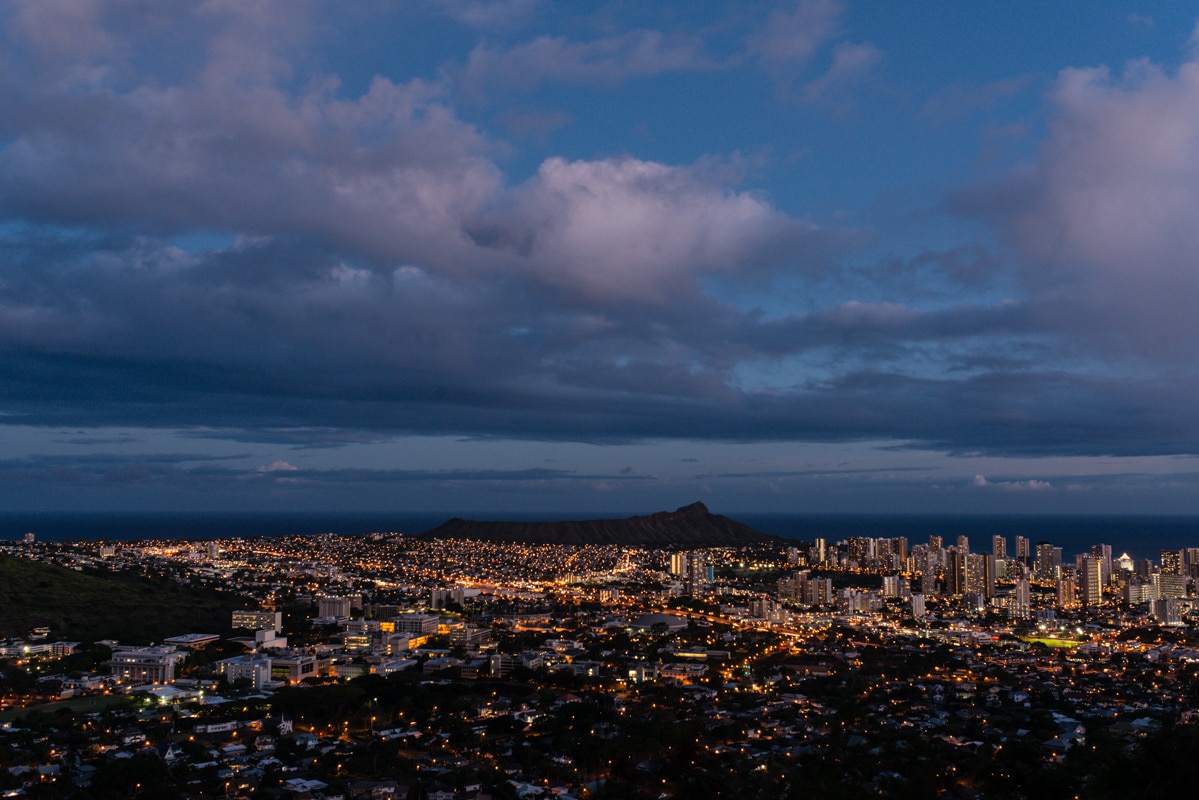
Sigma Art 35mm f/1.4 at ISO 400, f/8, 0.8s

Sigma Art 35mm f/1.4 at ISO 1600, f/1.4, 1/2500s

Sigma Art 35mm f/1.4 at ISO 100, f/8, 1/250s

Sigma Art 35mm f/1.4 at ISO 200, f/5, 1/80s
How is the barrel distortion on the Sigma 35mm f/1.4 DG HSM?
Here is a photo from the Sony RX-1, which has a very noticeable barrel distortion with its fixed Zeiss 35mm f/2.0.
Here is a photo taken with the Sigma. Not completely devoid of the center bulge, but much less pronounced than the Sony.
And finally the Sigma with lens profile correction.
With correction applied there isn’t much of a change. The lines are a bit more parallel, particularly in the center of the frame where the barrel distortion tends to be the worst, but the lens without correction is pretty great.
Is the Sigma 35mm f/1.4 DG HSM sharp?
Yes, it’s sharp. f/1.4 vs f/16 has expected differences, but the lens is very sharp at f/1.4.
How is the color fringing on the Sigma 35mm f/1.4 DG HSM?
-
The color fringing is very contained. In the hat photo, the fringe is very narrow, and basically imperceptible when viewing the entire photo. In the hair photo, there is no visible fringing despite the high contrast edge of the hair against the blown out sky.
Does the Sigma 35mm f/1.4 DG HSM have good bokeh?
The bokeh is pleasing to my eye. Creamy transitions of tones with no discernible “signature” for this lens.
How is the vignetting on the Sigma 35mm f/1.4 DG HSM?

Sigma Art 35mm f/1.4 at f/16

Sigma Art 35mm f/1.4 at f/1.4
Wide open, the lens exhibits noticeable, but not unusual vignetting. When lens profile corrections are enabled in Lightroom, the vignetting is all but eliminated.

Sigma Art 35mm f/1.4 with lens profile correction
How is the Sigma 35mm f/1.4 DG HSM compared to the Nikon AF-S 35mm f/1.4G?
There isn’t much difference between the lenses optically when viewing photos of the same scene. The Nikon feels like it focuses almost imperceptibly faster in low light. The Sigma seems to have slightly better transmission (although the DxOMark indicates that both lenses have a T1.7). The Sigma has a much stiffer focusing ring, which I preferred. I’ve always found the Nikon AF-S lens rings to be loose, but then again, how often are you manually focusing nowadays?

Nikon AF-S Nikkor 35mm f/1.4 at ISO 1600, f/1.4, 1/2000s

Sigma Art 35mm f/1.4 at ISO 1600, f/1.4, 1/2000s
Pros:
- Sharp and optically superior
- Fast focusing
- Great price compared to Nikon and Canon equivalents
Cons:
- Lens cap not super secure
- Focusing seems less accurate and slightly slower in low light than Nikon (but this is strictly subjective)
- No f/22
Conclusion:

Sigma Art 35mm f/1.4 at ISO 6400, f/8, 1/20s
When you’re forced to list the fit of the lens cap in your “cons,” you’ve probably found a pretty good lens. With the recently released Sigma 50mm f/1.4, it seems safe to say that the Art series will have a pedigreed reputation that should help these lenses maintain their resale value, while providing incredible performance for you now. The Sigma outperforms its Canon and Nikon counterparts at a significant discount. If you’re in the market for a 35mm f/1.4 lens, this is the lens for you.
